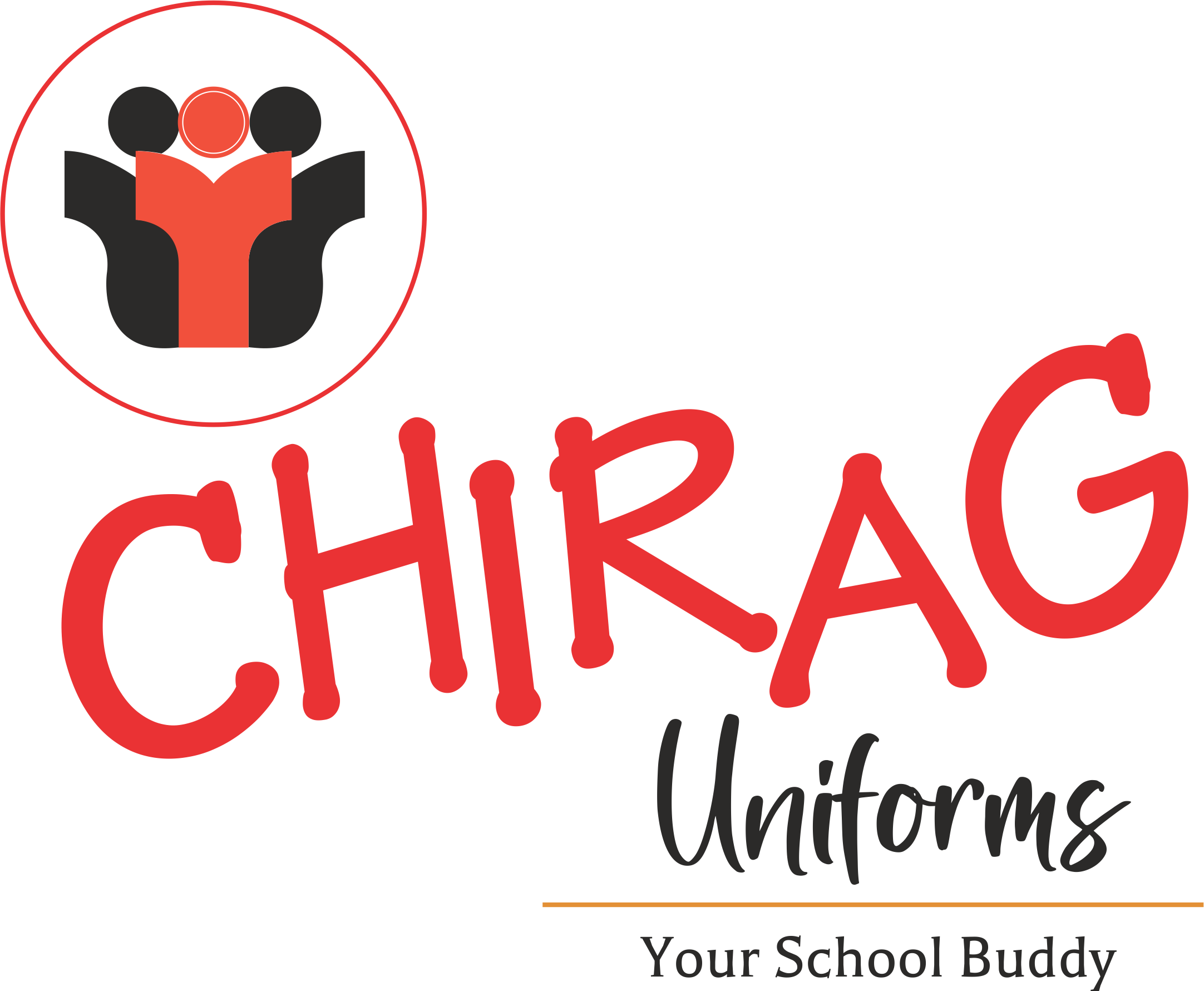
School uniforms need to be more than just neat and presentable. They have to survive the daily wear and tear of active kids, hold up through frequent washing, and still look sharp. That’s why the fabric choice matters. Each type of fabric brings different strengths to the table—durability, comfort, breathability, and cost-effectiveness. Here’s a breakdown of the most common fabrics used in school uniform manufacturing and why they’re chosen.
1. Cotton
Pros: Soft, breathable, hypoallergenic
Cons: Wrinkles easily, may shrink in the wash
Cotton is a go-to for shirts, blouses, and summer uniforms. It’s comfortable and allows the skin to breathe—ideal for long hours in school. Pure cotton, however, tends to wrinkle and wear down faster, which is why it’s often blended with synthetic fibers.
2. Polyester
Pros: Durable, wrinkle-resistant, fast-drying
Cons: Less breathable, not ideal in hot weather
Polyester is a synthetic fabric known for its strength and low maintenance. It doesn’t shrink, holds color well, and resists stains. Schools and manufacturers favor it for trousers, skirts, and blazers because it keeps its shape and stays looking tidy even after heavy use.
3. Poly-Cotton Blends (Polycotton)
Pros: Balanced comfort and durability
Cons: Can vary in quality depending on blend ratio
Blending cotton with polyester creates a fabric that combines the best of both worlds. It’s softer and more breathable than pure polyester but stronger and more wrinkle-resistant than pure cotton. It’s one of the most popular choices for shirts, dresses, and tunics.
4. Twill
Pros: Hard-wearing, wrinkle-resistant, attractive texture
Cons: Slightly heavier feel
Twill is a weave pattern that adds texture and durability. It’s often used for pants and skirts where strength is key. It also hides dirt and stains better than plain-weave fabrics, which helps uniforms look cleaner longer.
5. Wool and Wool Blends
Pros: Warm, natural fiber, great drape
Cons: Expensive, can be itchy, needs special care
Wool is typically used for winter uniforms, especially blazers and sweaters. It holds warmth well and adds a professional, polished look. Most school uniforms use wool blends to reduce cost and improve durability while retaining that classic wool feel.
6. Gabardine
Pros: Tough, tightly-woven, stylish
Cons: Limited breathability
Gabardine is a smooth, durable fabric that resists wrinkles and maintains its shape. It’s commonly used in school blazers, skirts, and trousers for a structured look that lasts.
7. Knit Fabrics (for Sportswear and PE Kits)
Pros: Stretchy, breathable, moisture-wicking
Cons: Less formal appearance
For sports uniforms and casual wear days, knit fabrics like jersey and interlock are ideal. They stretch with movement and allow airflow, making them comfortable for physical activity.
Choosing the Right Fabric
There’s no one-size-fits-all fabric for school uniforms. Manufacturers usually decide based on factors like climate, age group, activity level, and budget. The ideal uniform fabric should strike a balance between comfort, appearance, ease of care, and longevity.
Final Thought
Behind every smart-looking school uniform is a fabric built to handle the real world. Whether it’s the breathable coolness of cotton, the toughness of polyester, or the polished finish of gabardine, the fabric makes all the difference. For schools and parents, knowing the pros and cons of each material can lead to better choices that last longer and look better.

